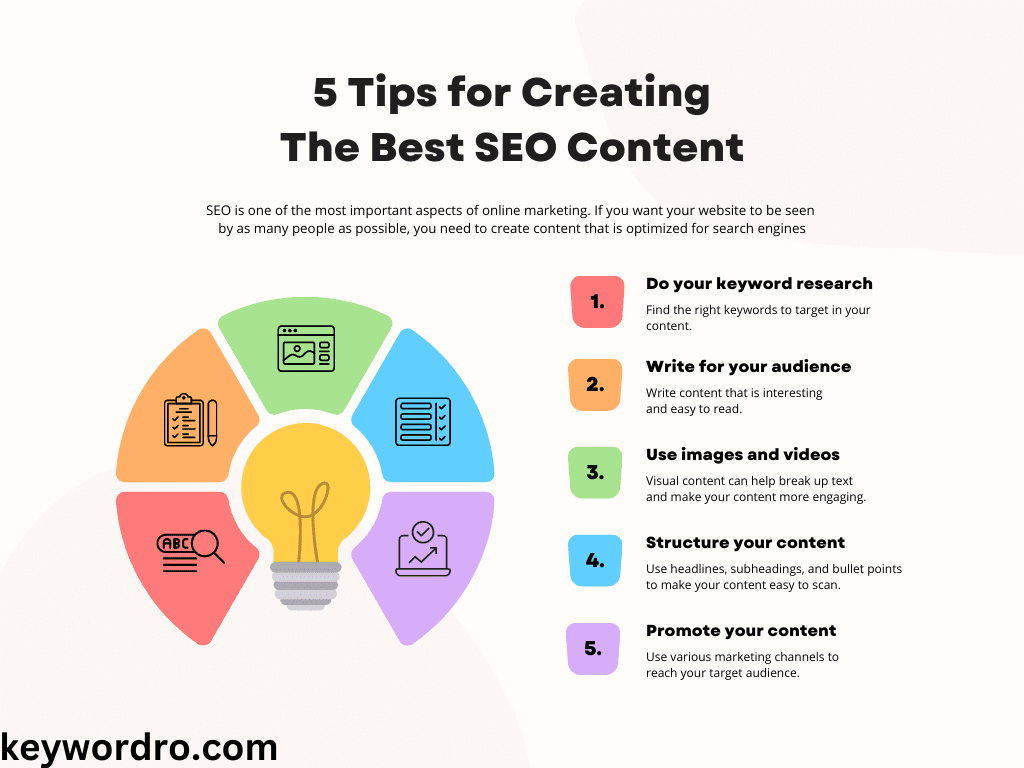On-Page SEO: The Definitive Guide On the Planet 2023
Welcome to our guide on On-Site SEO.
Here, we will uncover the secrets to optimizing your website for search engines.
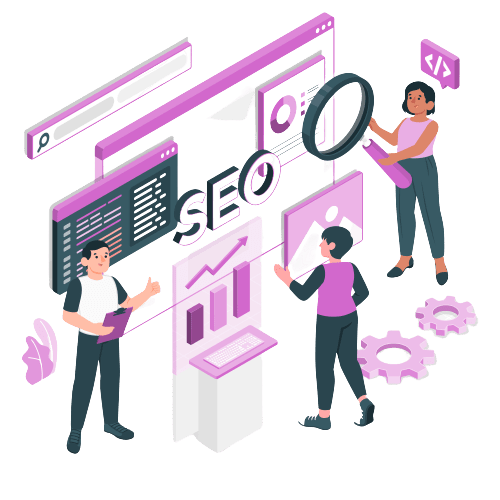
Whether you’re an experienced marketer or just starting out as an entrepreneur,
We will show you how to create engaging meta tags and structure your content effectively to make a strong impact.
By implementing these techniques,
you will have the power to refine your web pages and climb higher in search engine rankings.
Get ready to unlock the true potential of On-Page SEO as we embark on this exciting journey together.
Let’s dive in and revolutionize your website’s performance!
Contents
Chapter 1
On-Page SEO Basics
Chapter 2
Keyword Research and Optimization
Chapter 3
Write SEO-Friendly Content
Chapter 4
Content Optimization
Chapter 5
Optimize the First Content of Your Page
Chapter 6
On-Page UX Signals
Chapter 7
CTR Optimization for SEO
Chapter 8
Advance Techniques
Chapter 9
On-Page SEO Case Studies
Chapter 10
On-Page SEO FAQs
On-Page SEO Basics
In this chapter I am going to discuss the basics of On-page SEO you need to know. Without further ado let’s get started.

What is On-Page SEO
On-page SEO refers to the optimization techniques and strategies implemented directly on a website’s pages to improve its visibility and ranking on search engine results pages (SERPs).
Optimization of various elements of a webpage, such as content, meta tags, headings, URLs, internal linking, and multimedia, to make them more relevant, user-friendly, and easily understandable by search engines.
Importance of On-Page SEO
On-Page SEO is one of the most important elements. In my experience, I rank for competitive keywords without doing off-Page SEO. Not on the first page but without off-page it enough.
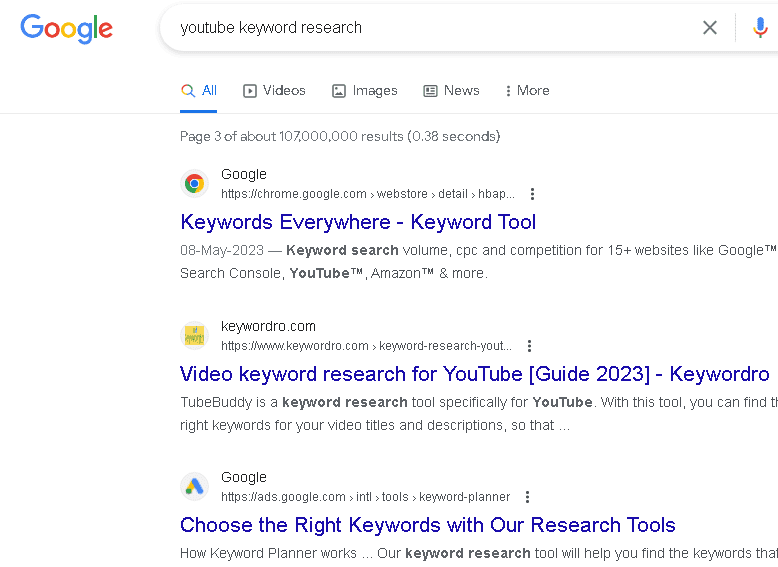
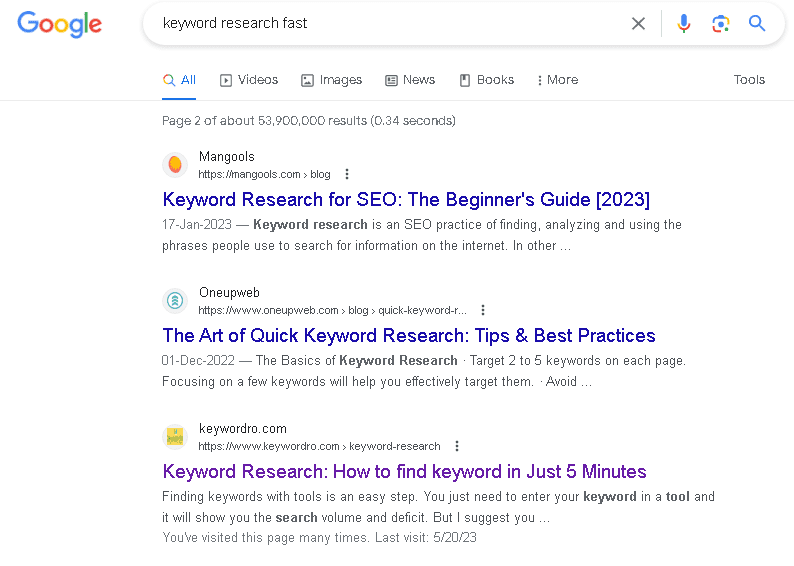
A recent study by Backlinko, on-page SEO factors,
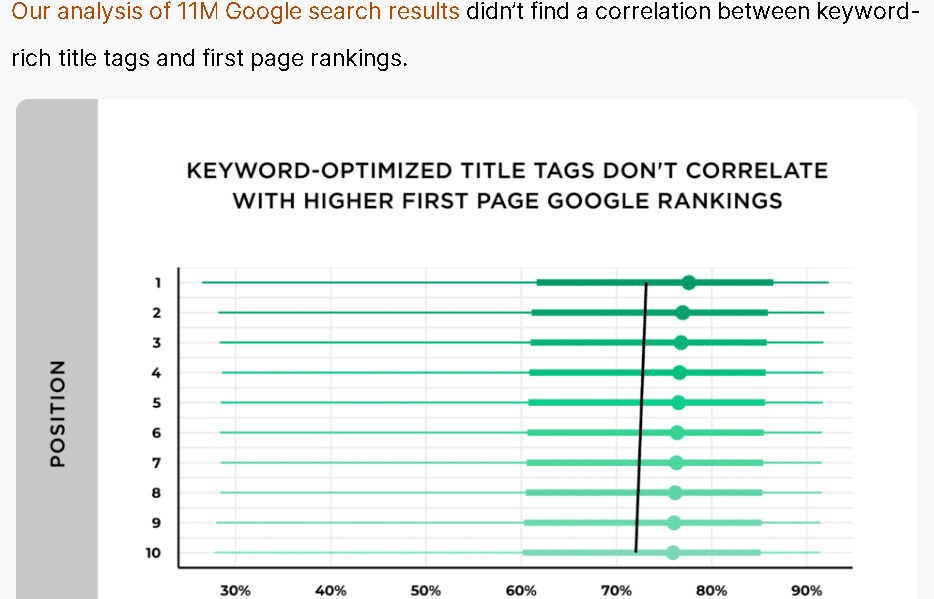
Such as the presence of a target keyword in the title tag, URL, and meta description, have a strong correlation with higher rankings in search results.
Google’s Search Quality Evaluator Guidelines emphasize the importance of on-page factors like content relevance, user experience, and page layout in determining the quality and ranking of a website.
A survey by Search Engine Journal revealed that 75% of SEO professionals believe that on-page SEO is more effective for improving search rankings than off-page SEO.
HubSpot reports that businesses that consistently publish optimized blog content experience an average of 15% more organic traffic than those that don’t prioritize on-page SEO.
I hope you have learned the importance of ON-Page SEO.
Keyword Research & Optimi zation
In this chapter, I will discuss the important parts of keyword research and optimization.
Choosing the right keywords is vital for having a successful online presence.
It helps businesses and content creators improve their visibility, attract the right audience, and get more relevant visitors to their websites.
We will explore the main principles and techniques used in thorough keyword research.

Keyword Research is one of the most important parts of On-Page SEO. Before starting SEO your should do research about your targeted keywords.
You can learn from my recently published article on keyword research. So If you want to get more organic traffic you shouldn’t skip this step.
A recent study by Ahrefs found that 91% of all web pages get no organic traffic from Google. Effective keyword research and optimization can help increase the chances of ranking and driving organic traffic to your website.
Understanding Keyword Research
Keyword research is the process of finding and analyzing the keywords for your content.
For example,
OUR Business is SEO Services.
Then I might have a broad keyword like “SEO”.
Then I want to know the exact search volume and keyword difficulty of that particular keyword.
There are many tools out there you can easily find the data.
But I should give you an advance tip that you have never listen before.
The tip is don’t rely 100% on tools.
You should use your mind as well. This can help you to be better than your competitors.
I hope you got the idea.
Selecting Target Keywords
Selecting your targeted keywords helps you to target the highly searched keywords in your industry.
Let’s learn how you can target your keywords.
First, choose the broad keyword for example your keyword is (Keto Diet).
Simply go to Google type your keyword and it will show you the autocomplete results.
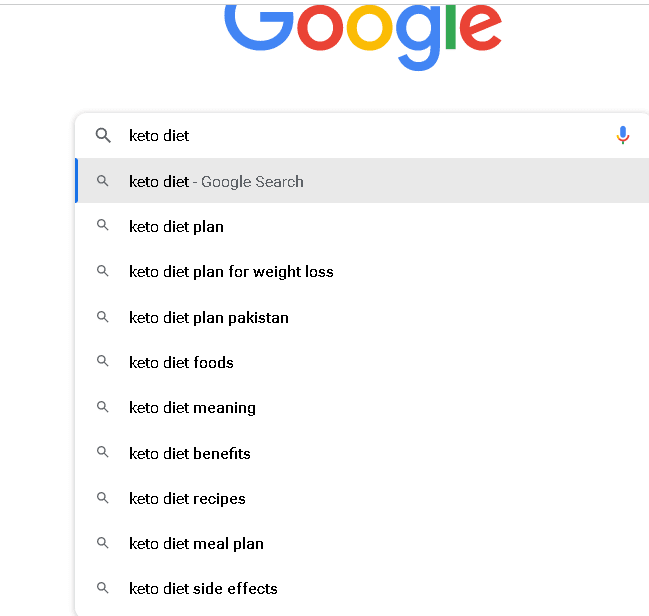
Then choose the few results from it that should be related to your business.
Then press enter and you will see this section called
(People May Ask).

You should take ideas from these questions and
note them down in your list if they are relevant.
Then Scroll down at the bottom and you will see the related searches here.
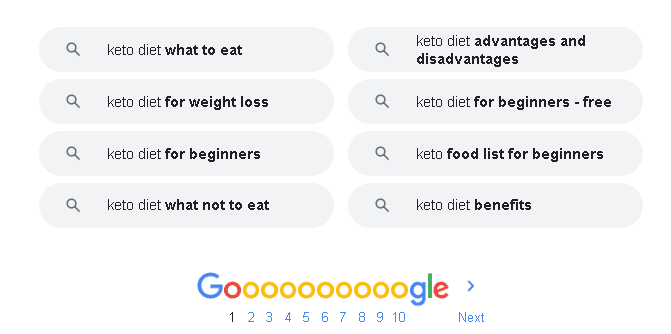
You can also take ideas from these keywords.
Now It’s the last step of selecting your targeted keyword.
Use UbberSuggest to find the best keywords ideas, Search volume, and SEO difficulty.
Type your keyword here it will show you the results like this.

Then copy and paste all the keywords that you have listed from Google SERP.
I hope these steps have helped you to select targeted keywords.
Optimizing Page Titles with Keywords
Now it’s time to write your title tag.
WHY?
Because when you have the title before writing your content it helps you a lot in your content writing part.
For example, you have selected the keyword (keto diet plan).
Then your title should be:
- 14-Day Keto Meal Plan with Recipes & Shopping Lists
- The Keto Diet: 7-Day Menu and Comprehensive Food List
- Keto Diet Plan – Diet Foods, Benefits, & Side Effects
These are examples of some titles related to your keyword.
Have you noticed something?
Of course you are not.
The keyword is used at the beginning of the title.
We will learn more about title tag optimization in this article.
Write SEO-Friendly Content
In this chapter, I will discuss how to write SEO-friendly content.
Here I will give you some tips and tricks to write content that ranks higher.
In fact, I have used the same strategies to rank in Google.

Crafting High-Quality and Relevant Content
Crafting high-quality and relevant content is crucial for engaging your audience, establishing authority in your industry, and improving your search engine visibility.
Here are some key points to consider:
Understand Your Audience
Research and understand your target audience’s needs, interests, and pain points.
Tailor your content to address their specific challenges and provide valuable solutions.
Conduct Thorough Research
Invest time in conducting comprehensive research on the topic you’re writing about.
Gather information from reliable sources, industry reports case studies, and expert opinions.
Provide Unique Value
Differentiate your content by offering unique insights, perspectives, or practical tips that your audience may not find elsewhere.
Bring your expertise to the forefront and showcase your unique value proposition.
Use Clear and Engaging Language
Write in a clear, concise, and easily understandable manner.
Use language that resonates with your target audience and avoid jargon or technical terms that may confuse or alienate readers.
Organize Your Content Effectively
Structure your content with clear headings, subheadings, and bullet points to improve readability.
Break down complex information into digestible chunks and use formatting elements like bold, italics, and lists to highlight important points.
Incorporate Visual Elements
Enhance the visual appeal of your content by including relevant images, charts, infographics, or videos.
Visual elements not only make your content more engaging but also help convey complex information in a more accessible manner.
Optimize for SEO
Conduct keyword research to identify relevant keywords and incorporate them naturally into your content.
Optimize your titles, headings, meta descriptions, and URL slugs to improve search engine visibility. However, prioritize the user experience and avoid keyword stuffing.
Use Internal and External Links
Include internal links to other relevant pages on your website to guide users to additional resources and improve website navigation.
Incorporate external links to reputable sources that provide further information or support your claims.
Incorporate Call-to-Actions (CTAs)
Guide your readers towards the desired actions by including relevant CTAs.
Whether it’s signing up for a newsletter, downloading a resource, or contacting your business, CTAs help drive engagement and conversions.
Continuously Improve and Update
Regularly review and update your content to keep it fresh, relevant, and aligned with any changes in your industry or audience’s needs.
Monitor user feedback, analytics, and search engine rankings to identify areas for improvement.
Unique Content
Creating unique content is essential for standing out in a crowded digital landscape and attracting and retaining your audience’s attention.
So here are the steps you should follow to create and write unique content
Type your keyword in Google
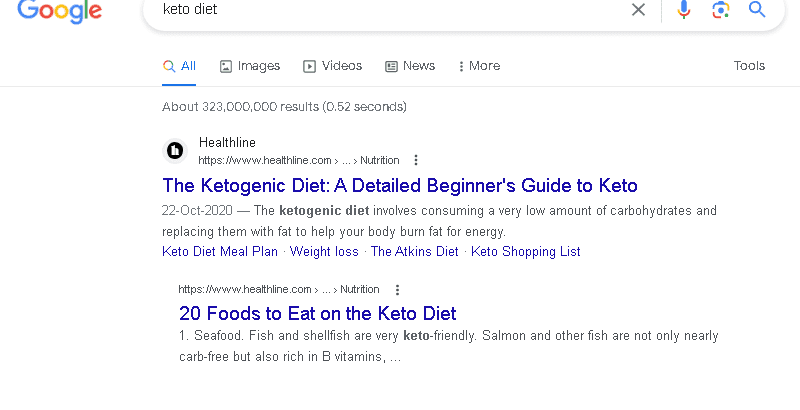
See the top-ranking websites
Analyze their content headings and subheading and note them
Brainstorm the new strategies tips, and tricks that haven’t been used in top-ranking websites.
For example, I am writing on On-Page SEO
when I enter this keyword in Google I saw top-ranking websites here.
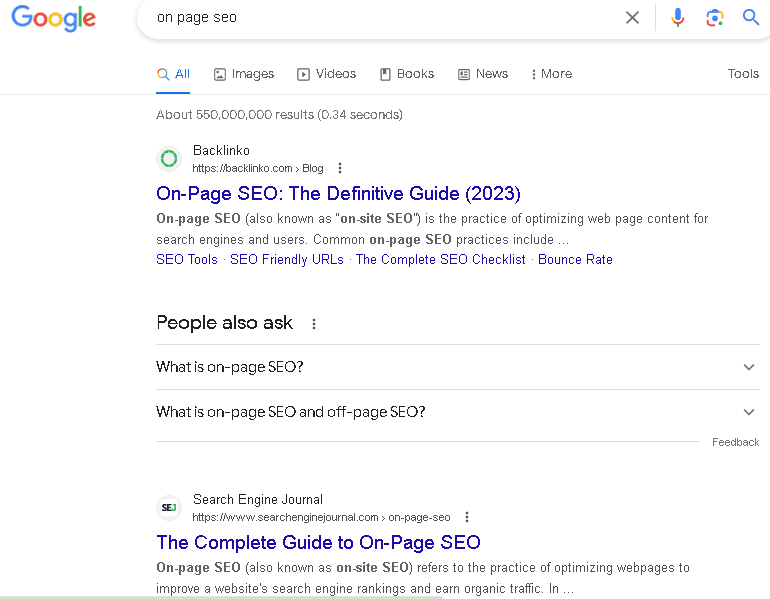
But I found that they haven’t a detailed and step-by-step guide.
I know there are some pretty websites there for example Backlinko.
But I found it hasn’t the best guide that people want to know.
So I created this to add new strategies and techniques to my content.
Valuable Content
Valuable content is also an important part of rankings.
You should have to give value to your audiences.
If you can’t?
Forgot about the rankings.
Try to give clear and concise content and add value for example.
- Add Images
- Add visuals
- Add charts
- Add Graphics
- Add Unique Images
- Add Stats
- Add Data.
Content That Satisfies Search Intent
If we talk about 2023.
The world and SEO have changed.
It’s time to satisfy the user, not search engines.
If your content isn’t satisfying the users you are not going to rank.
For example, Recently I published an article on (Google Keyword Planner).
The article contains some knowledge about the tool.
And didn’t have focused on quality and quantity both.
When a searcher types the keyword (Google keyword planner) in Google he/she might want to go to this tool or want to know the reviews.
But my content wasn’t about them. So this is why I didn’t rank my article.
You should try to understand the audience and write content according to them.
I hope you understand.
Use the SkyScrapper technique to write 10x Better Content:
When talking about 10x better content it’s the skyscraper technique that was created by brian dean.
I will show you some important points to consider.
Identify Link-Worthy Content
Begin by researching popular topics and content within your niche. Look for articles or blog posts that have garnered a significant number of backlinks and social shares, indicating their popularity and link-worthy nature.
Create Something Better
Once you’ve identified the target content, aim to create an improved version that offers more value, is more comprehensive, or provides additional insights.
Enhance your content’s quality, depth, and visual appeal to make it stand out from the competition.
Promote Your Content
After publishing your Skyscraper content, promote it to increase its visibility and reach.
Reach out to influencers, industry experts, and websites that have linked to similar content in the past.
Notify them about your improved version and encourage them to link to it.
Write Content Different From Others
Simply try to write content that should be different from others.
For example, when you see the top-ranking content if you think that you can write content different from them you should try to write it. It will help you to boost your rankings.
Content Optim For Search Engines
Now after selecting the title and keywords.
Now it’s time to optimize your content for SEO.
In this chapter, I will be walking through the best strategies to optimize your content.
In fact, these are the same strategies I used to get a higher ranking on Google.
But before optimizing content for keywords I should warn you that you should focus more and more on user experience rather than just stuffing keywords.
Below are the techniques that you have to apply on every page of your website.
In this way, search engines and readers can easily understand your content.

Use Your Target Keyword In The First 70 Words
Using keywords at the beginning of your page helps search engines and humans both to understand your content.
For example, I recently published an article about technical SEO.
I used the keyword at the beginning of the content I mean in the first 70 words.
USE LSI Keywords in the first 100 words
This is the same strategy I have to get a higher ranking in Google.
Let’s talk about how you can use LSI keywords.
Simply go to the chatGPT and write your primary keyword there and give a prompt like this (Write LSI keywords of (keto diet))
It will show you the keywords that are related to this.
You should consider the best matching keywords and add them to your content.
For example a few days I wrote an article for my client and I used the LSI keywords like this.
Wrap Your Blog Post Title in an H1 Tag
Now it’s time to add keywords to your H1 tag. Do you know?
What is the H1 tag?
The H1 tag, also known as the heading tag or headline tag, is an HTML element that represents the main heading or title of a webpage.
It is typically used to indicate the primary topic or subject of the page content.
You should use your keywords at the beginning of your H1 or title tag.
If you are using WordPress then your title is h1 by default but if you are using other platforms you should check that your page should have one H1 tag.
You have to use it once in a page.
Wrap Subheadings in H2 Tags
Using your keywords in subheadings also helps you to rank better.
For example, a few times ago I published this article And I use my keywords in H2 headings.
Remember don’t try to stuff.
Now let’s move on to the next step.
Keyword Frequency
Keyword frequency refers to the number of times a specific keyword or phrase appears within a given piece of content.
If you are trying to stuff your keywords in your content then probably you are not going to rank in Google.
Here are the tips you should use.
Use keywords a few times in your content
But it’s not necessary you should have to use your keywords naturally.
For example, if you are writing on Keto Diets you probably use this keyword multiple times.
So if that is, It’s completely fine.
Use External (Outbound) Links
A Recent study by Moz found that websites with a higher number of external links tend to rank higher in search engine results.
This suggests that linking to relevant and authoritative external sources can positively impact search engine optimization (SEO).
You should use external links in your content.
But try to use relevant links for example if my content is about SEO then I will use the external links of websites that are related to my category.
Image Optimization
Image optimization is the process of optimizing images on a website to improve page load times, enhance user experience, and boost search engine optimization (SEO).
Here are some key considerations for image optimization.
- Image Compression
- Alt Text
Optimize the First Content of Your Page
In this chapter, I will discuss the Content optimization of your page’s top.
Here I will discuss how to optimize URLs, Titles, and descriptions.

URL Optimization
Keep URLs Descriptive and Readable
Create URLs that are descriptive and easy to read for both search engines and users.
Use words and relevant keywords that accurately represent the content of the page.
Avoid using generic or meaningless strings of numbers or symbols.
Use Hyphens to Separate Words
Use hyphens (-) to separate words within the URL.
Hyphens are preferred over underscores (_) as they are recognized as word separators by search engines.
For example, use “example.com/my-page” instead of “example.com/my_page.”
Include Target Keywords
Incorporate relevant target keywords in the URL, preferably towards the beginning.
This can help search engines understand the topic of the page and improve its visibility for related searches.
However, prioritize creating URLs that are concise, meaningful, and user-friendly.
Avoid Keyword Stuffing
While it’s important to include target keywords, avoid keyword stuffing in URLs.
Overloading URLs with too many keywords can look spammy and harm the user experience.
Maintain a natural balance and use only necessary keywords that accurately represent the page’s content.
Create a Logical Hierarchy
Organize your URLs in a logical hierarchy that reflects the structure of your website.
Use subdirectories to indicate the relationship between pages.
For example, “example.com/category/page” can signify that “page” is a subpage of the “category” section.
Consider URL Length
While there is no specific character limit for URLs, shorter URLs are generally preferred as they are easier to read and share.
Long, complex URLs can be confusing and may be truncated in search engine results.
Aim for concise, relevant URLs that accurately represent the page’s content.
Title Optimization
Optimizing your titles is the most important part of On-Page SEO.
Here I will give you some tips and tricks that will help you to optimize your title better.
USE Keywords at the Beginning of the Title
Using keywords at the beginning of the title helps search engine crawlers easily understand the content on your page.
Remember it’s not necessary to add keywords in the beginning but if you can you should.
For example, I used the primary keyword technical SEO at the beginning of the title.
Test and Analyze
Experiment with different title variations and monitor their performance.
Use analytics tools to track click-through rates and engagement to identify the most effective titles.
Description Optimization
You should use keywords in your meta description.
Well, it’s not directly impacting your on-page seo
but It will increase your CTR.
You should add a hook in your description.
Also, add your primary and LSI keywords so that when someone searches on Google the search engines will bold your text like this.
I hope you enjoyed the chapter let’s move on to the next chapter.
On-Page UX Signals
In this chapter, I will discuss how to design your content for better user experience. Did you know users experience helps a lot in ranking of your website.
Without wasting time let’s get started.

Add Content Before Feature Image
As we all know feature image is a great way to attract visitors.
But did you know that people want answers fast so instead of adding a feature image top of the page.
You should add title and some hook in the top of the page then after you should use a feature image.
For example, I have used these 3 things in one line.
Optimize Your Content For Better Experience
Your content needs to be optimized here are the tips you should do.
- Use Bullets
- Use Subheadings
These can help visitors to stay focused and it helps you to rank higher.
For example, I am also using the bullets
And subheadings in my content.
I hope you got the idea.
Create A Comment Section or Community
The comments section is a great way to engage with your audience or visitors.
When someone likes your content he/she wants to comment if you haven’t the option you are missing the best opportunity also when you have an active community.
People will revisit your website and they spend more and more time.
You should reply to all the comments on your page.
Add Chapters to Your Content
Adding a chapter or table of content helps users and search engines both.
When someone visits your website if you have chapters or table content he will come directly to the chapter that he wants to know.
For example When I publish guides then I use chapters when I write random articles then I use tables of content.
It also helps search engine rankings.
CTR Optim for SEO
In this chapter, I will discuss how you can increase your CTR (Click through Rate). I will help you to get more clicks on your web page.
Without wasting time let’s get started.

Use “Question Title Tags”
Using question title tags will help you to increase your CTR.
Here’s how when searchers enter the query in Google.
Think why he enters the query of course he/she has the question and wants to get the answer.
When you have the same question in your title then probably visitors click on your website.
Fill In Missing Meta Descriptions
It’s ok for search engines to have a missing meta description but think about the user’s perspective.
If someone searches on Google and he will not see your meta description on your page then probably the chances of the CTR will decrease.
You should add engaging meta descriptions on every of your website’s pages.
Use Review or FAQ Schema
Here I have mentioned the benefits of using schemas in your content.
Rich Snippets:
Review Schema enables search engines to display review-related information, such as star ratings, review counts, and review snippets, directly in the search results.
You can use many tools to create the schema.
Remember schema doesn’t directly helps in your rankings but it helps good user experience and user experience means better rankings.
Use Current Year
Using the current year helps users to find up-to-date information.
For example if you are writing about politics then adding the current year will help you to increase your CTR.
For example, in 2023 I wrote 10+ articles and I added the current year in all articles.
Use Numbers or Lists
Incorporate numbers or create lists in your title to attract attention.
For example, “10 Essential Tips for Title Optimization” or “Top 5 Strategies to Optimize Your Title.”
For example, I used the numbers in my keyword research tools list.
Use Emotional Titles
A study by backlinko shows that emotional titles get 7% more clicks than titles that have no emotions.
You should use powerful words. Try to use keywords naturally.
If you are using WordPress you can use some plugins of testing emotional titles.
Advanced On-Page SEO Tips
In this chapter, I will discuss my all time favorite SEO strategies that will help you a lot. After learning these tips you will be able to rank and optimize your website for search engines.
Without wasting time let’s get started.

Use Original Images
Using original images can help you to boost your on-page SEO.
Now tell me do you use original images or stock? If the answer is stock.
Then you should avoid it.
Do you know I am also using stock images and I am ranking on Google?
How?
I will give you some tips.
First, try to edit and takes the image on canva.com.
When you take stock images try to edit them effectively.
This can help you a lot.
In fact, A recent study by shai aharony tested the stock images vs original after studying he found that the websites that have original images tends to rank better than the websites that have stock images.
Internal Linking
Internal linking is the practice of linking one page of a website to another page within the same website.
These links help users navigate between different pages and provide search engines with information about the structure and hierarchy of your website.
Internal linking has several benefits for SEO and user experience.
When you write the pillar page on your website then try to add internal links to your other pages.
I hope you got the idea.
Write Comprehensive Content
Writing comprehensive content for SEO involves creating in-depth, informative, and valuable content that satisfies user intent and meets the needs of search engines.
For example, I also try to write the guides like this. When you have the pillar pages on your website it can boost your rankings as well users will likely spend more time on your page.
Why?
Because that page has the all information related to that particular topic.
I hope you understand.
Boost Your Page Speed
Boosting your page speed is crucial for SEO because it directly impacts user experience and search engine rankings.
Here are some effective ways to improve your page speed:
Optimize Image Size
Compress and optimize images to reduce their file size without compromising quality.
Use image compression tools or plugins to automatically optimize images and ensure they are in the appropriate format (e.g., JPEG, PNG) for web use.
Enable Browser Caching
Leverage browser caching by setting appropriate cache headers on your server.
Minify CSS and JavaScript
Minify your CSS and JavaScript files by removing unnecessary characters, spaces, and comments.
Use Content Delivery Networks (CDNs)
Utilize a CDN to distribute your website’s static files across multiple servers globally.
CDNs deliver content from the server nearest to the user’s location, reducing latency and improving page load times.
Enable GZIP Compression
Enable GZIP compression on your web server to reduce the size of HTML, CSS, and JavaScript files during transmission. This can significantly decrease the page load time for users.
Reduce Server Response Time
Optimize your server’s performance and configuration to reduce server response time.
Minimize Redirects
Excessive redirects can slow down your website. Review your website’s redirects and eliminate unnecessary ones to reduce page load time.
Leverage Browser Caching
Set appropriate caching headers on your server to enable browser caching.
Optimize Above-the-Fold Content
Prioritize loading above-the-fold content first to give users a faster initial experience.
Load critical CSS inline and defer non-critical JavaScript to ensure the main content is visible and usable quickly.
Regularly Monitor and Optimize
Continuously monitor your website’s page speed using tools like Google PageSpeed Insights or GTmetrix.
Identify areas for improvement and implement necessary optimizations to maintain optimal page speed.
Remember, a fast-loading website not only improves user experience but also increases the likelihood of higher search engine rankings.
Voice Search SEO
Voice search SEO is the optimization of content and website elements to improve visibility and relevance in voice-based search queries.
With the increasing popularity of voice assistants like Siri, Google Assistant, and Amazon Alexa, optimizing for voice search has become important.
Image Optimization
Image optimization is the process of reducing the file size of images without significantly impacting their visual quality.
It is an essential aspect of website optimization because images often make up a significant portion of a webpage’s total file size.
Optimizing images can improve page load times, reduce bandwidth usage, and enhance overall user experience.
Mobile Friendly Optimization
Mobile-friendly optimization, also known as mobile optimization, refers to the process of optimizing a website or digital content to provide an optimal user experience on mobile devices.
As mobile usage continues to rise, ensuring that your website is mobile-friendly is crucial for user satisfaction, engagement, and search engine rankings.
Monitoring and measuring on-page SEO performance
Monitoring and measuring on-page SEO performance is essential to assess the effectiveness of your optimization efforts and make data-driven decisions for improving your website’s visibility and rankings.
On-Page SEO Case Studies
Here are a few case studies highlighting successful on-page SEO strategies and their impact.

Case Study: Moz’s On-Page Optimization
Moz, a renowned SEO software company,conducted an on-page SEO experiment in their blog post titled “The Beginner’s Guide to SEO.”
They optimized the page by updating the title tag, meta description, URL structure, heading tags, and adding relevant internal links.
The results showed a 52% increase in organic search traffic and a 100% increase in new organic search visits within two weeks of implementing the on-page optimization changes.
Case Study: Backlinko’s Content Upgrade Strategy
Brian Dean, the founder of Backlinko, implemented an on-page SEO strategy using content upgrades.
He created comprehensive blog posts and offered bonus content (e.g., checklists, templates, case studies) as content upgrades in exchange for visitors’ email addresses.
This strategy resulted in an average conversion rate of 4.82% for the content upgrades, significantly growing his email subscriber base and boosting organic search traffic to his website.
Case Study: HubSpot’s Pillar Page Strategy
HubSpot, a leading inbound marketing and sales software company, implemented a pillar page strategy for their topic “Marketing Automation.”
They created a comprehensive pillar page that covered all aspects of the topic and linked to relevant cluster content pieces.
This on-page optimization approach improved the page’s search visibility, resulting in a 130% increase in organic traffic and a 33% increase in page views within a six-month period.
Case Study: Shopify’s Structured Data Implementation
Shopify, an e-commerce platform, implemented structured data markup on their product pages to provide search engines with additional information about their products.
This on-page SEO optimization tactic helped search engines better understand and display product details, resulting in a 20% increase in organic search traffic to their product pages.
Case Study: Neil Patel’s On-Page SEO Techniques
Neil Patel, a renowned digital marketer, implemented various on-page SEO techniques on his blog posts, including optimizing title tags, meta descriptions, headers, and adding relevant internal links.
These optimizations helped him rank higher in search results and increased organic search traffic to his blog by over 200% within six months.
On-Page SEO FAQs
In the last chapter of on-page SEO I will discuss some FAQ’s. I will give answers to all questions.

How important is keyword optimization for on-page SEO?
Keyword optimization is crucial for on-page SEO as it helps search engines understand the topic and relevance of your content.
By incorporating relevant keywords naturally into your title tags, headings, and content, you can increase the chances of your web page ranking higher in search results for those targeted keywords.
What is the ideal length for meta descriptions and title tags?
While there is no exact character limit for meta descriptions and title tags, it is recommended to keep them within certain ranges.
Title tags should ideally be between 50-60 characters, and meta descriptions should be around 150-160 characters.
However, it’s important to focus on conveying the main message and relevance of your content within these limits.
How does internal linking impact on-page SEO?
Internal linking plays a crucial role in on-page SEO by helping search engines understand the structure and hierarchy of your website and establishing connections between related content.
By strategically linking relevant pages together, you can improve user navigation, distribute link equity, and enhance the overall user experience.
Should I use structured data markup for on-page SEO?
Implementing structured data markup, such as Schema.org, can provide additional information to search engines about your content.
This markup helps search engines better understand and interpret your web page’s context,
which can lead to enhanced visibility in search results and potentially rich snippets, such as star ratings or product details.
What is the role of user experience in on-page SEO?
User experience plays a significant role in on-page SEO.
Search engines prioritize websites that provide a positive user experience, including fast page load times, mobile-friendliness, easy navigation, and high-quality content.
By focusing on improving user experience, you can increase user engagement, reduce bounce rates, and signal to search engines that your website deserves higher rankings.
How frequently should I update my on-page SEO elements?
On-page SEO elements, such as title tags, meta descriptions, and content, should be periodically reviewed and updated based on changes in your content or keyword strategy.
Additionally, if you notice a decline in rankings or organic traffic, it may be a good idea to revisit and optimize your on-page elements to ensure they align with current best practices and user intent.
Regularly monitoring and updating your on-page SEO elements can help maintain and improve your search rankings over time.

